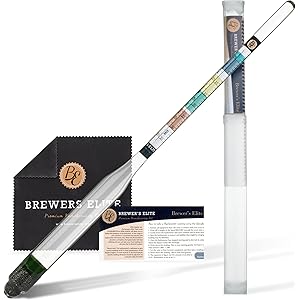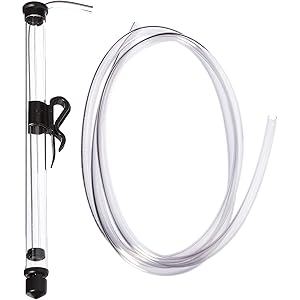Understanding Yeast for Mead
Yeast for mead is a crucial component in the fermentation process of this ancient alcoholic beverage. Mead, often referred to as honey wine, is made by fermenting honey with water, and sometimes with various fruits, spices, or grains. The type of yeast selected can significantly influence the flavor, aroma, and overall quality of the final product. Different yeast strains have unique characteristics that can enhance the mead’s profile, making the choice of yeast for mead a vital decision for any mead maker.
Types of Yeast for Mead
There are several types of yeast that can be used for mead fermentation, each offering distinct benefits. Commonly used strains include Saccharomyces cerevisiae, which is known for its robust fermentation capabilities and ability to produce a wide range of flavors. Other strains, such as champagne yeast, are favored for their ability to ferment at higher alcohol levels, while some specialty yeasts can impart unique flavors and aromas, enhancing the complexity of the mead. Understanding these options is essential for selecting the right yeast for mead production.
Fermentation Process with Yeast for Mead
The fermentation process begins when yeast is added to the honey-water mixture. The yeast consumes the sugars present in the honey, converting them into alcohol and carbon dioxide. This process can take anywhere from a few weeks to several months, depending on the yeast strain used and the desired characteristics of the mead. Monitoring the fermentation temperature and conditions is crucial, as different yeast strains thrive under specific environments, impacting the fermentation rate and flavor development.
Choosing the Right Yeast for Mead
When selecting yeast for mead, consider factors such as the desired final alcohol content, flavor profile, and fermentation speed. Some mead makers prefer to use dry yeast for its convenience and long shelf life, while others opt for liquid yeast for its diverse strain options and potential for more complex flavors. It’s also important to consider the yeast’s tolerance to alcohol, as some strains can handle higher concentrations than others, which can affect the sweetness and dryness of the final product.
Yeast Nutrients and Mead Fermentation
Yeast nutrients play a vital role in the fermentation of mead. Honey lacks certain nutrients that yeast requires for optimal fermentation, such as nitrogen, vitamins, and minerals. Adding yeast nutrients can help ensure a healthy fermentation process, reducing the risk of stuck fermentation and off-flavors. Common yeast nutrients include diammonium phosphate (DAP) and yeast energizers, which can be added at various stages of fermentation to support yeast health and activity.
Get more content like this!
Sign up to receive updates and new terms first hand.
Temperature Control for Yeast in Mead
Temperature control is essential when fermenting mead with yeast. Each yeast strain has an optimal temperature range for fermentation, and deviations from this range can lead to undesirable flavors or sluggish fermentation. Generally, a temperature range of 60-75°F (15-24°C) is suitable for most mead yeasts. Maintaining a stable temperature throughout the fermentation process helps promote healthy yeast activity and enhances the overall quality of the mead.
Common Issues with Yeast for Mead
Mead makers may encounter several common issues related to yeast during fermentation. Stuck fermentation, where the yeast stops working before all sugars are converted, can occur due to insufficient nutrients, temperature fluctuations, or high alcohol levels. Additionally, off-flavors can result from stressed yeast, often caused by poor fermentation conditions. Understanding these potential problems and how to address them is crucial for producing high-quality mead.
Flavor Profiles Influenced by Yeast for Mead
The choice of yeast for mead can significantly influence the flavor profile of the final product. Different yeast strains can produce various esters and phenols, contributing to fruity, floral, or spicy notes in the mead. For instance, certain wine yeasts may impart a more complex flavor, while champagne yeast tends to produce a cleaner, crisper finish. Experimenting with different yeast strains allows mead makers to craft unique flavor profiles that reflect their personal preferences and creativity.
Storing and Handling Yeast for Mead
Proper storage and handling of yeast for mead are essential to maintain its viability and performance. Dry yeast should be stored in a cool, dry place, while liquid yeast should be refrigerated to prolong its shelf life. Before use, it’s important to rehydrate dry yeast according to the manufacturer’s instructions to ensure optimal fermentation. Additionally, always check the expiration date and viability of the yeast before adding it to your mead must to avoid fermentation issues.
Conclusion on Yeast for Mead
In summary, yeast for mead is a fundamental element that can greatly impact the fermentation process and the final characteristics of the mead. By understanding the various types of yeast available, their fermentation requirements, and the potential challenges that may arise, mead makers can make informed decisions that lead to successful and flavorful mead production.




